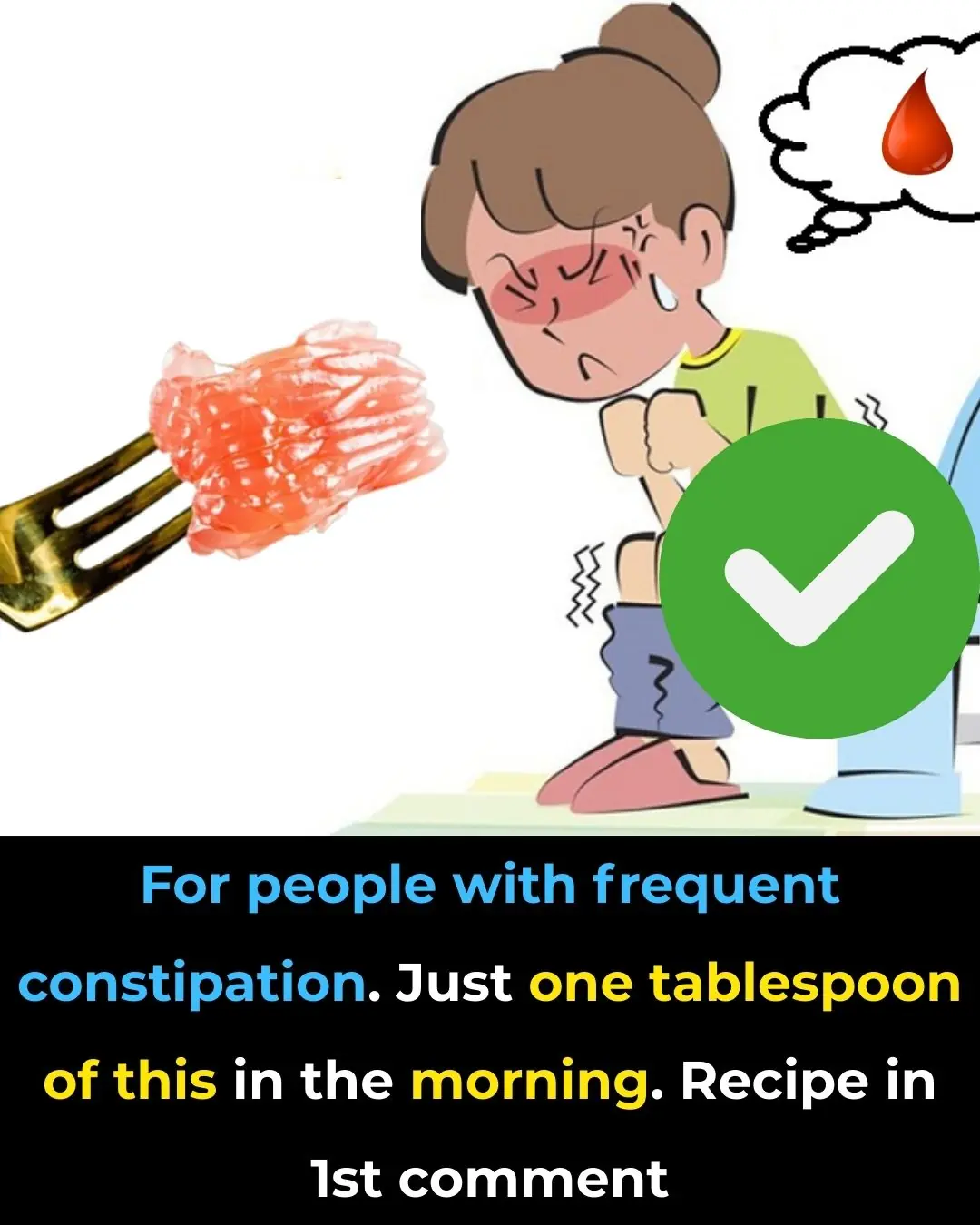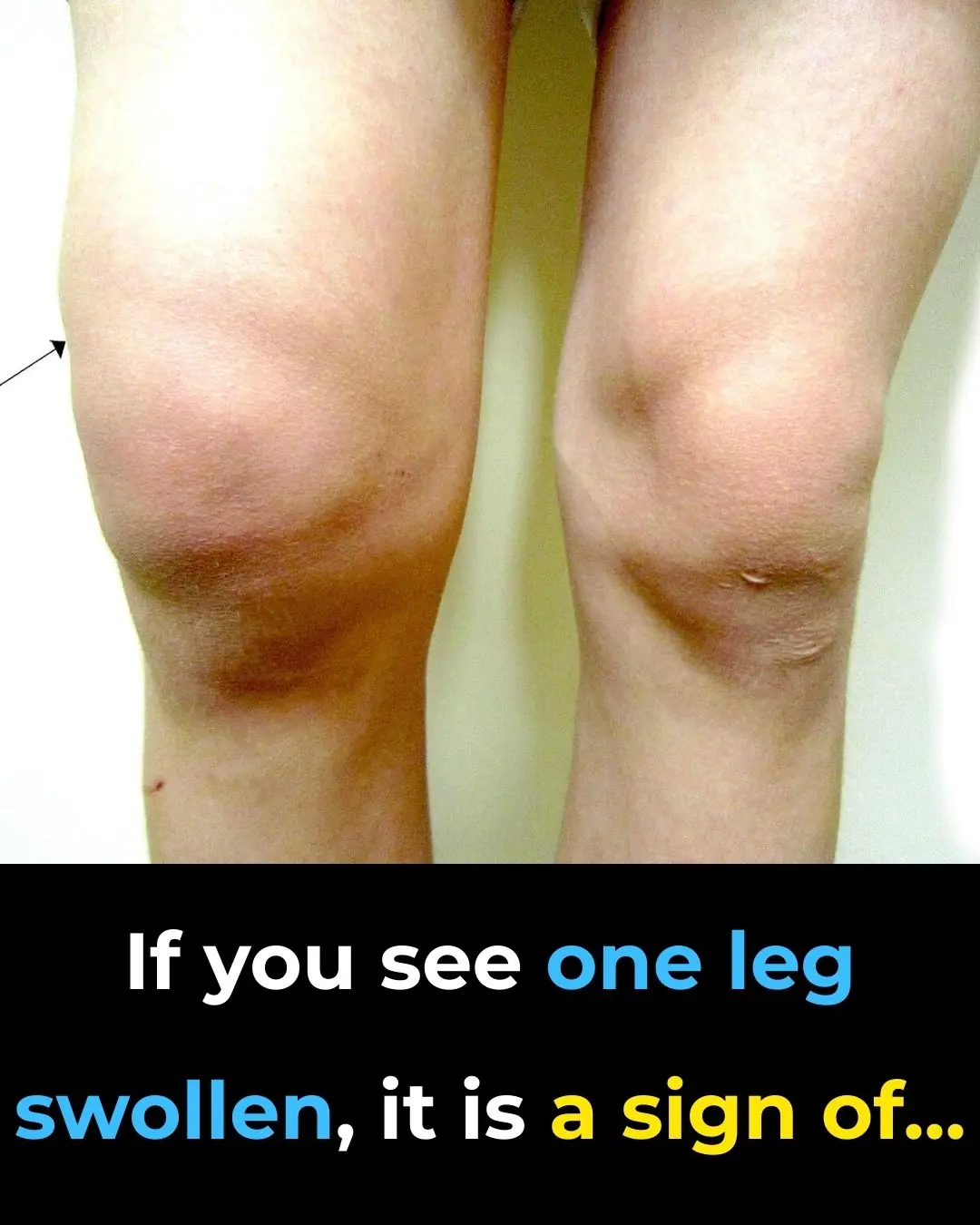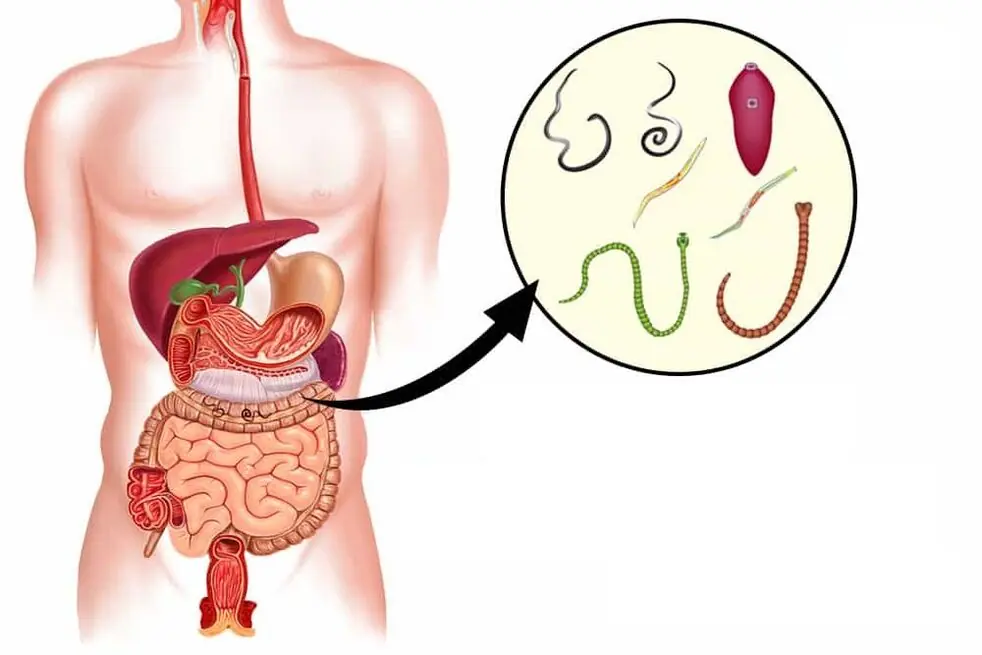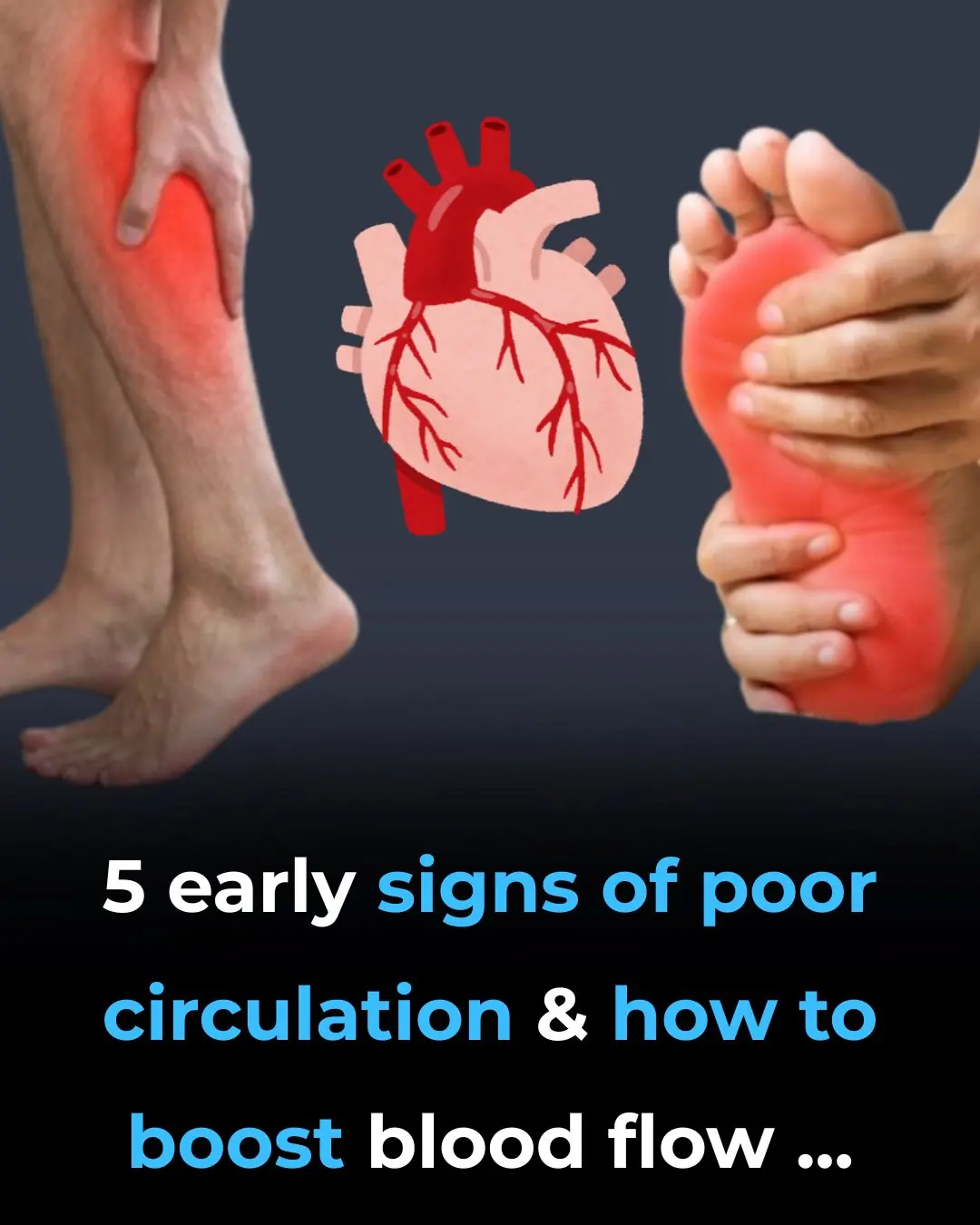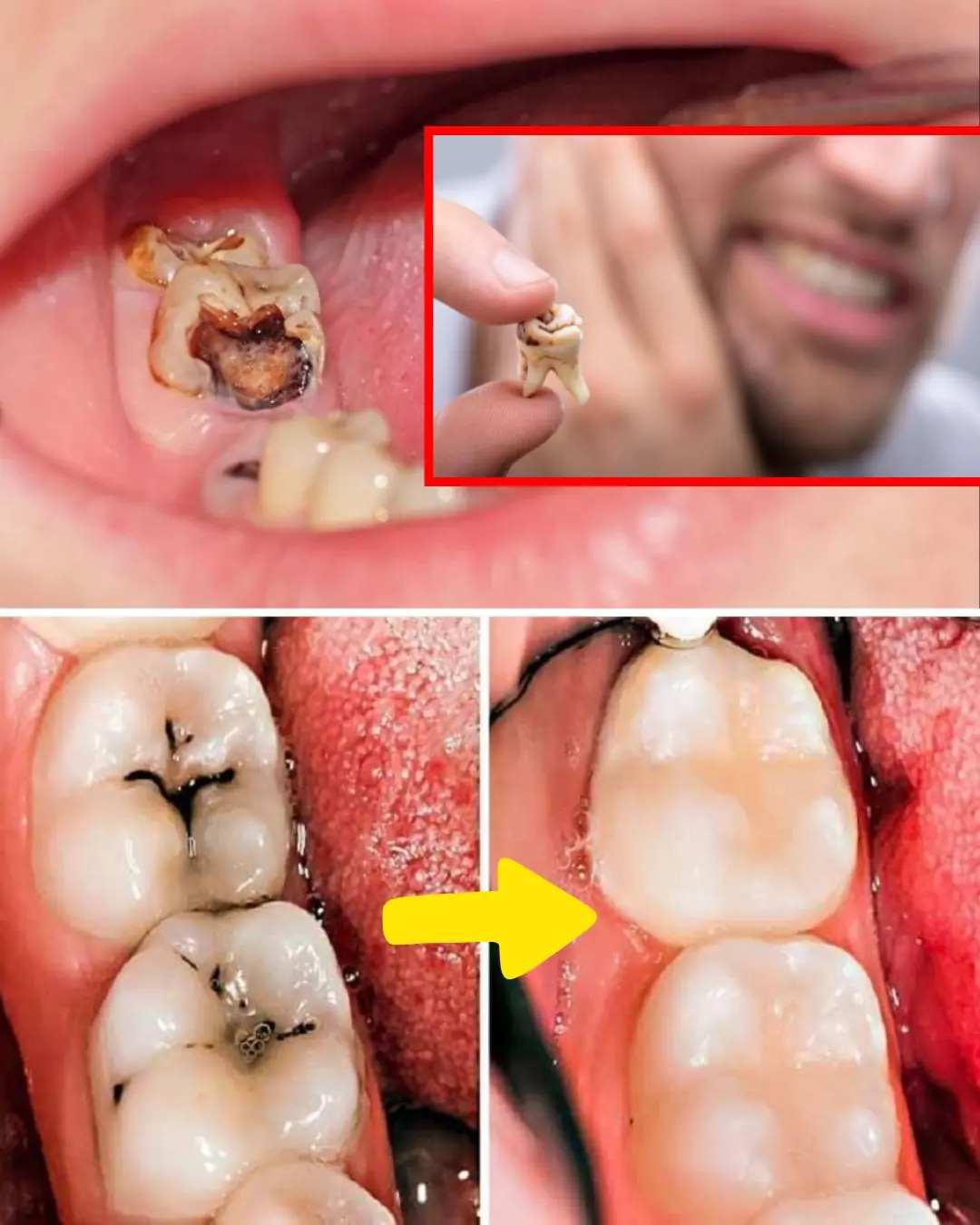Urinary tract infections (UTIs) are more common in women due to anatomical and behavioral factors. Half of all women experience at least one UTI in their lifetime. Approximately 25% of patients develop recurrent UTIs, defined as three episodes in the past 12 months or two episodes in the past 6 months, with at least one confirmed by urine culture.
At the 25th Annual Congress of the Argentine Society of Infectious Diseases (2025), Sandra Aronson, MD, general practitioner, geriatrician, and infectious disease specialist at Hospital J.A. Fernández and Hospital Italiano in Buenos Aires, Argentina, noted that 5% of recurrent UTIs occur within 2 weeks of the initial episodes. These are usually caused by microorganisms persisting in areas where antibiotics cannot reach or by inappropriate antibiotic use. The remaining 95% were reinfected with new strains.
Recent international guidelines recommend the initiation of nonantibiotic strategies to prevent recurrence, reserving antibiotics as a last resort. “We have nonantibiotic tools available, some with proven efficacy and others with great promise,” Aronson said.
Patient Education Challenges
Speaking with Medscape SpanishAronson acknowledged that promoting behavioral changes or nonantibiotic measures can be more challenging than prescribing medication. “Patients often value a prescription more than advice to drink more water,” she said.






